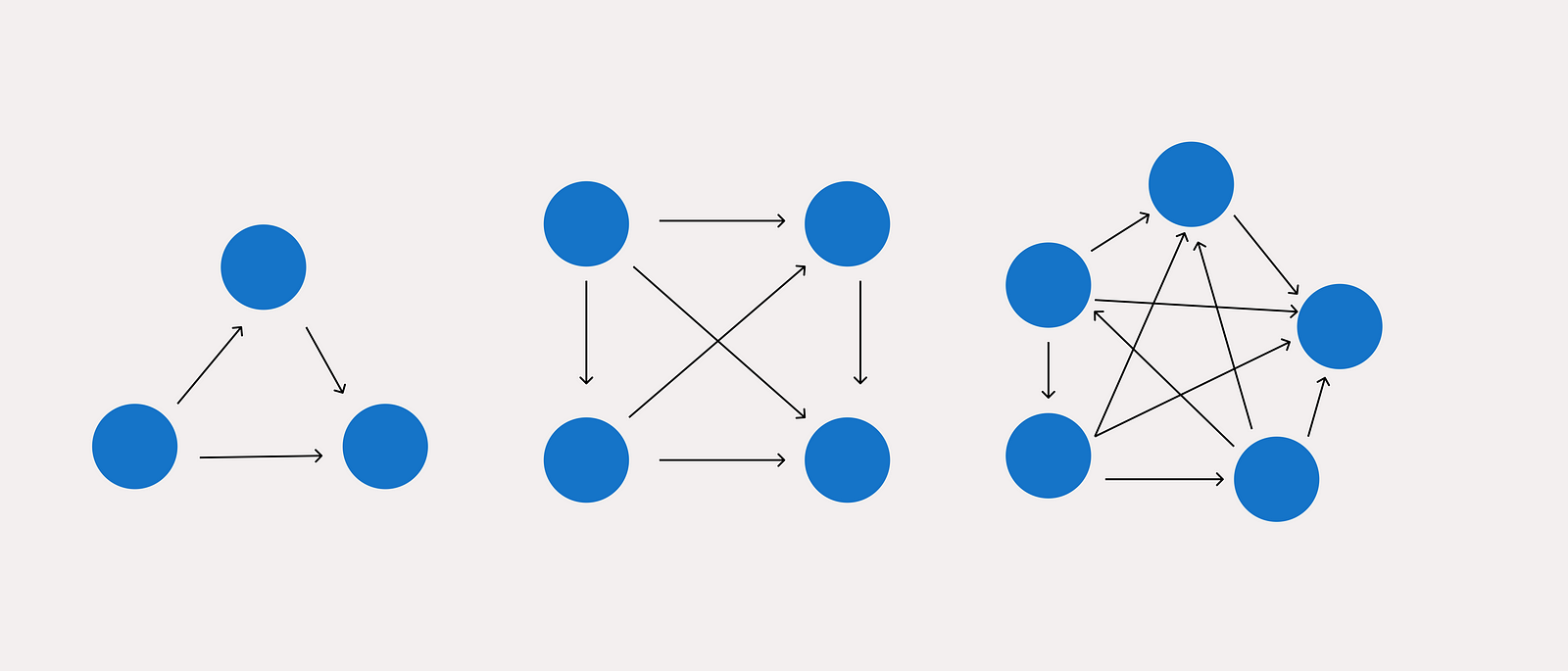How to build psychological safety in your remote team
Rajiv is co-founder of Tandem, a collaboration platform built from the ground up for distributed teams. Prior to Tandem, Rajiv led remote teams at both startups and large multinational corps. This is Part I of a three-part series synthesizing knowledge from more than 100 teams.
Summary: Create and initiate low-friction opportunities for spontaneous conversations, e.g. hanging out in themed meeting rooms.
Tweetstorm version: (link)
The problem
Psychological safety—the freedom to speak up without fear of negative criticism or consequence—is the best-studied social dynamic of effective teams.
Harvard Business School’s Amy Edmondson describes a psychologically-safe team as one where “Individuals feel they can speak up, express their concerns, and be heard…they’re not full of fear…[they are] more interested in learning, excellence, and genuinely connecting with others than in looking good.” As has been shown again and again, psychological safety unlocks creative and productive collaboration.
This means that, for any team, cultivating psychological safety should be a priority. In person, here’s what this looks like:
After an important meeting, John notices Erin looks worried, so swivels his chair and asks her if everything’s okay, leading to a deeper conversation…
Rick gets a frustrating email, takes a minute to vent to his teammate while getting coffee. Another teammate makes a clever joke about the situation, they all laugh and leave with higher spirits…
Distributed teams, however, rarely have opportunities for spontaneous conversation. This can create a vicious cycle — less psychological safety means people initiate fewer conversations, which distances team members even more.

The solution
A number of tactics can help, like creating a culture of one-on-ones, prioritizing video to build personal connection, and training new employees in Non-Violent Communication (also see John Cutler’s amazing compiled list). However, to integrate psychological safety into the fabric of your team dynamic, there must be regular opportunities for spontaneous conversation. This means that—counterintuitively—you need to schedule it.
tweet this
Step 1: Create a “meeting room”. Using your favorite meeting software, schedule an open meeting for a 2–4 hour chunk of time. We’ve found consistently that dropping into an open “room” feels less intrusive than initiating a group call — it’s an invitation, not an expectation.
Step 2: Experiment with framing. Depending on your team’s culture and the current level of urgency, try out different work-focused and non-work-focused themes for these meetings. Here are a few ideas from top teams we talked with:
“Round Table”
“Good Morning”
“Office Hours for Project X”
“Water Cooler”
Beer Time”
Step 3: Get feedback and revise. Ask your team what they think and encourage them to create their own ad-hoc meeting rooms — maybe one will stick!
Every team will find unique habits that work for them. Joel Goyette, Head of Product at Scott’s Cheap Flights, says “As a distributed team, we try to maximize face-time, but voice-only co-working has been extremely valuable during early and late stages of projects, where synchronous communication is most helpful.” (@joelgoyette on Twitter)
For Alexa Meyer, Coa CEO and former Director of Growth at Keen.io — a company I admire for its intentional culture — adding a monthly remote happy hour to the team calendar meant that “teammates felt less isolated, had more trust, and were able to work through problems more effectively.” (@alexakmeyer on Twitter).
And details matter. A friend who is a Performance Program Manager at Google says that sometimes they’ll have a mixed remote and in-person gathering for special occasions like a baby shower:
At the start everyone feels part of it since we get to clap, congratulate, etc. Eventually the in-person room starts mingling, and the people on the call aren’t getting as much out of the party. It’s helpful if someone says “Thanks for joining remotely! Anything you folks want to say before you drop off?” Doing what you can to increase the fidelity of these situations is challenging, but worthwhile.
“Doing what you can to increase the fidelity of these situations is challenging, but worthwhile.” — Perf Mgr, Google
Now a question
What single tool or group habit has most helped your team in building psychological safety?
This is the first of a three-part series unpacking Psychological Safety in remote teams. In Part II, we’ll look at transparency and meta-communication.
Share this post!
To stay in the loop, follow us on Twitter: @Tandem_HQ
Want to try Tandem? We’re letting select teams test our early version. Sign up for the waitlist at tandem.chat
